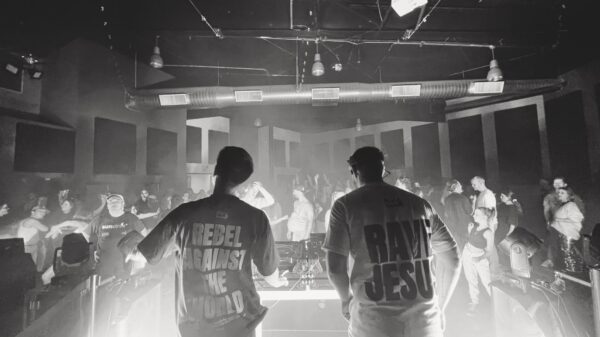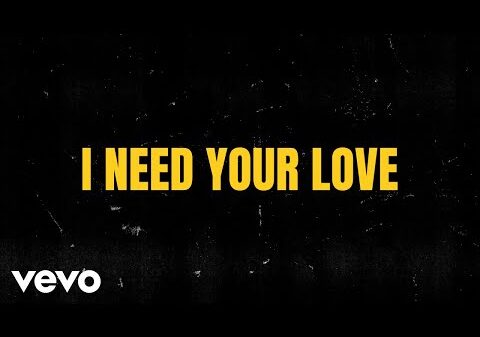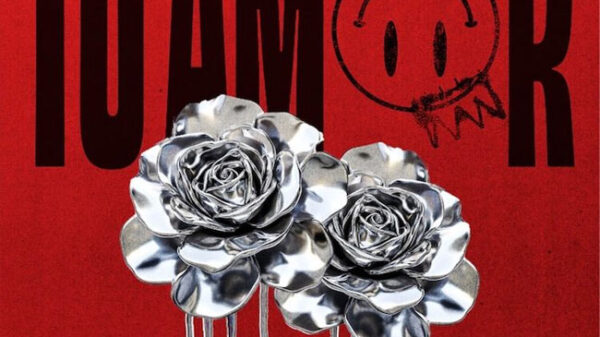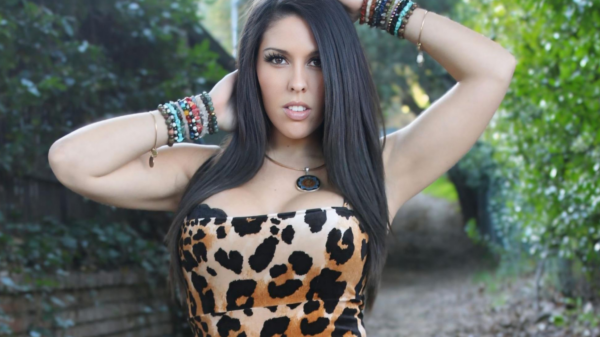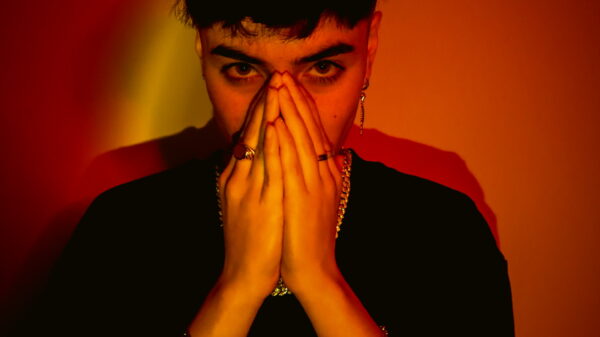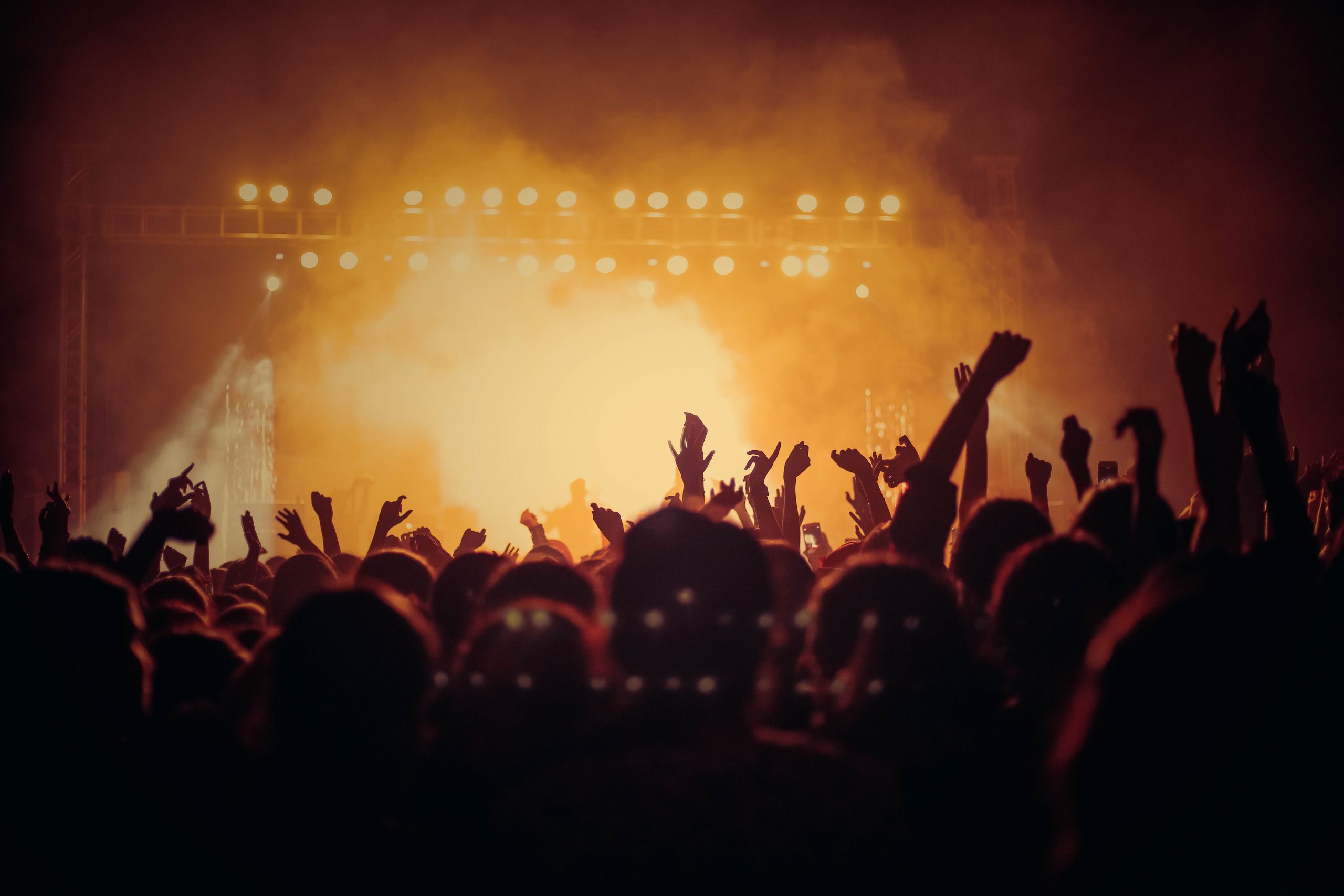Scrolling through your suggested songs on Spotify, you come across a track with an interesting name and an even more intriguing album cover. You think to yourself, “What the heck is EDM music?”
EDM is an abbreviation for electronic dance music. The music is made using electronic equipment such as synthesizers, drum machines, and digital audio workstations. This genre became popular in clubs and rave parties in the 1980s and early 1990s. Recently, it has become one of the world's most popular music genres.
Today, we will take a comprehensive look at EDM music: what it is, its history, and some of its most popular sub-genres. By this article's end, you will better understand this type of music and maybe even find a new favorite artist!

What is EDM Music?
Electronic dance music is a broad range of percussive electronic music genres made largely for nightclubs, raves, and festivals. It is generally produced for playback by disc jockeys who create seamless selections of tracks, called a mix, by segueing from one recording to another. EDM producers also perform their music live in a concert or festival setting in what is sometimes called a live PA.
In the late 1980s and early 1990s, following the emergence of raving, pirate radio, acid house, and techno music parties, a new kind of party culture was growing in clubs, warehouses, and abandoned buildings all over Europe and North America. This culture was centered around dance music and DJing. Clubgoers danced to this new form of music, often created by unknown artists and produced in small, underground gatherings.
This new form of music was called “electronic dance music” or “EDM” for short. The term “EDM” is now used to describe a wide range of genres, subgenres, and styles of electronic dance music.
What Defines EDM Music?
EDM music is typically characterized by its heavy use of electronic instruments, such as synthesizers, samplers, and sequencers. Additionally, EDM tracks often feature chopped and screwed vocal samples and are usually quite danceable. EDM is a broad and diverse genre ranging from beatless ambient music to fast-paced techno and house. It encompasses styles like dubstep, trance, drum and bass, and more. Whether you're a diehard fan of Avicii or just getting into the genre, there's an EDM song for everyone. So turn up the bass, wear your dancing shoes, and enjoy.
What Does EDM Sound Like?
Sounding electronic and danceable, EDM is made using electronic equipment. This includes instruments like synthesizers, drum machines, and digital audio workstations. The music often features chopped and screwed vocal samples. It is fast-paced, with a 4/4 time signature and a tempo ranging from 120 to 150 beats per minute.
EDM Sub-Genres
Now that we've discussed EDM music, it's time to get into the nitty-gritty and explore some of the most popular subgenres of this exciting genre. Read about eight different EDM subgenres, from house and techno to dubstep.
- House Music: With origins in the Chicago club scene of the 1980s, house music is characterized by a 4/4 time signature, deep basslines, and repetitive, atmospheric melodies.
- Techno: A more experimental offshoot of house music, techno is often darker and more abstract, with complex rhythms and synthesizer-heavy soundscapes.
- Dubstep: A relatively new subgenre that emerged in the early 2000s, dubstep is characterized by its heavy bass lines and sparse, syncopated rhythms.
- Trance: Trance music is defined by its soaring, anthemic melodies and driving, hypnotic beats. It's often used in dance clubs to get people moving and keep them dancing all night.
- Hardstyle: A harder, more aggressive form of EDM, hardstyle is characterized by its distorted basslines and high-energy beats. It's popular in Europe, particularly in the Netherlands.
- Drum and Bass: As the name suggests, this subgenre focuses on driving drums and bass lines, often with breakbeats thrown in for good measure. It's a fast-paced and exciting style of EDM that's perfect for dancing.
- Garage: Garage music is a UK-based subgenre that draws from the house, techno, and dubstep. It's characterized by using samples, synthesizers, and drum machines to create ethereal soundscapes.
- Glitch Hop: A relatively new subgenre, glitch hop is a fusion of hip hop and electronic music. It's characterized by its heavy use of samples and loops and its wonky, off-kilter rhythms.
Who Are The Most Popular EDM Artists?
Deadmau5, Marshmello, Avicii, Skrillex, Martin Garrix, Tiesto, Calvin Harris, Swedish House Mafia, and David Guetta are some of the most popular EDM artists. These artists have made a name for themselves in the industry and have become household names. They have also been able to sell out stadiums and arenas worldwide.
The artists have been able to achieve all of this by creating catchy and innovative music that has resonated with fans all over the world. Each of these artists has a unique style that has helped them stand out. Deadmau5 is known for his progressive house sound, while Avicii is known for his more pop-influenced sound.
What separates these artists from the rest is their ability to connect with their fans and create a rapport unrivaled by any other artist in the industry. They have created a connection with their fans beyond just the music.
Where is EDM Most Popular In The World?
The Netherlands is one of the world's most popular electronic dance music destinations. The country has a long history of producing and exporting some of the biggest names in the genre, and its clubs and festivals are renowned for their cutting-edge sound and atmosphere.
Spain is another top destination for EDM lovers. The country's clubs and festivals are known for their cutting-edge sound and exciting atmosphere. Additionally, Spain is home to some of the world's biggest EDM festivals renowned for their high-quality sound systems and expertly curated lineups.
How Is EDM Made?
Electronic dance music EDM is created using a variety of electronic instruments and software synthesizers. The music is often produced in a studio with professional equipment but can also be created using more basic gear. The most important element of EDM music is the beat. This is usually created by a drum machine or sampler and forms the track's backbone.
Other elements, such as melody, harmony, and bassline, are added to the beat to create the finished track. Also, don't forget the all-important build-ups and drops. The best way to learn how EDM music is made is to experiment with different sounds and equipment. There are no rules, so be creative and have fun.
Association With Recreational Drug Use
EDM music is often associated with recreational drug use, particularly MDMA (ecstasy). This is likely because MDMA has stimulant and hallucinogenic properties that can enhance the experience of listening to EDM music. In addition, the use of MDMA can promote feelings of euphoria and closeness, which may make dancing in a large crowd more enjoyable. However, it is important to note that not all EDM music fans engage in drug use and that many enjoy the genre without using drugs.
Also, it's not just EDM music associated with drug use. The use of drugs such as MDMA, LSD, and ketamine is often associated with the rave culture, which includes various music genres, including techno, trance, and house. However, it should be noted that not all ravers engage in drug use and that there is a large subculture of clean or “sober” ravers who do not use drugs.
Using drugs will only harm your physical and mental state in the long run. It is important to be safe and responsible and don't let peer pressure get to you.
FAQs
Is Daft Punk EDM?
Daft Punk is a French electronic music duo composed of Guy-Manuel de Homem-Christo and Thomas Bangalter. The group achieved popularity in the late 1990s as part of the French house movement. They also succeeded in combining house elements with synth-pop in the following years. Daft Punk's music is often described as incorporating a “blend” of several genres, including dance, rock, disco, funk, techno, and pop.
What Is The EDM Capital Of The World?
There is no definitive answer to this question as it is subjective. However, many people believe that the EDM capital of the world is Ibiza, Spain. This is due to the many nightclubs and music festivals on the island. Ibiza is also home to many famous DJs, such as Carl Cox, David Guetta, and Tiësto.
What EDM Genre Is Most Popular?
The most popular EDM genre is house music. This genre originated in the 1980s and is characterized by a 4/4 time signature and a thumping, danceable beat. House music often includes elements of other genres, such as techno, disco, and pop.
Why Do Djs Wear Masks?
There are several reasons why DJs may choose to wear masks while performing. Some believe it helps them get into the “zone” and focus on their music. Others believe that it helps to create a more mysterious and enigmatic persona. Whatever the reason, masks have become a popular and iconic part of the EDM culture.
What Is The Difference Between EDM And Electro House?
EDM is a broad term that encompasses many different genres of electronic music. Electro is a subgenre of EDM that originated in the early 2000s. It is characterized by heavy use of synthesizers and drum machines and often has a robotic or futuristic sound. Also, while EDM can be danceable, electro is often more focused on being experimental and avant-garde.
Is EDM Good For Your Health?
Everyone experiences music differently. Some people may find that EDM helps them relax and destress, while others may find it energizing and invigorating. Ultimately, it is up to the individual to decide if EDM is good for their health or not. Also, keep in mind that loud music can be damaging to your hearing if it is not listened to in moderation.
What Is The Best Way To Listen To EDM?
Some people prefer to listen to EDM at clubs or festivals, while others enjoy listening to it at home. It depends on the individual and their preferences. Some people may also enjoy listening to EDM while working out or doing other activities.
Conclusion
EDM music has evolved significantly since its humble beginnings in the underground club scene. Today, EDM is a global phenomenon, with some of the world's biggest stars coming from the genre. The future of EDM looks bright, and it shows no signs of slowing down anytime soon. Whether you're a fan of the genre or not, there's no denying that EDM is here to stay.
We hope you find this article helpful. If you have any questions or comments, please leave them below.

